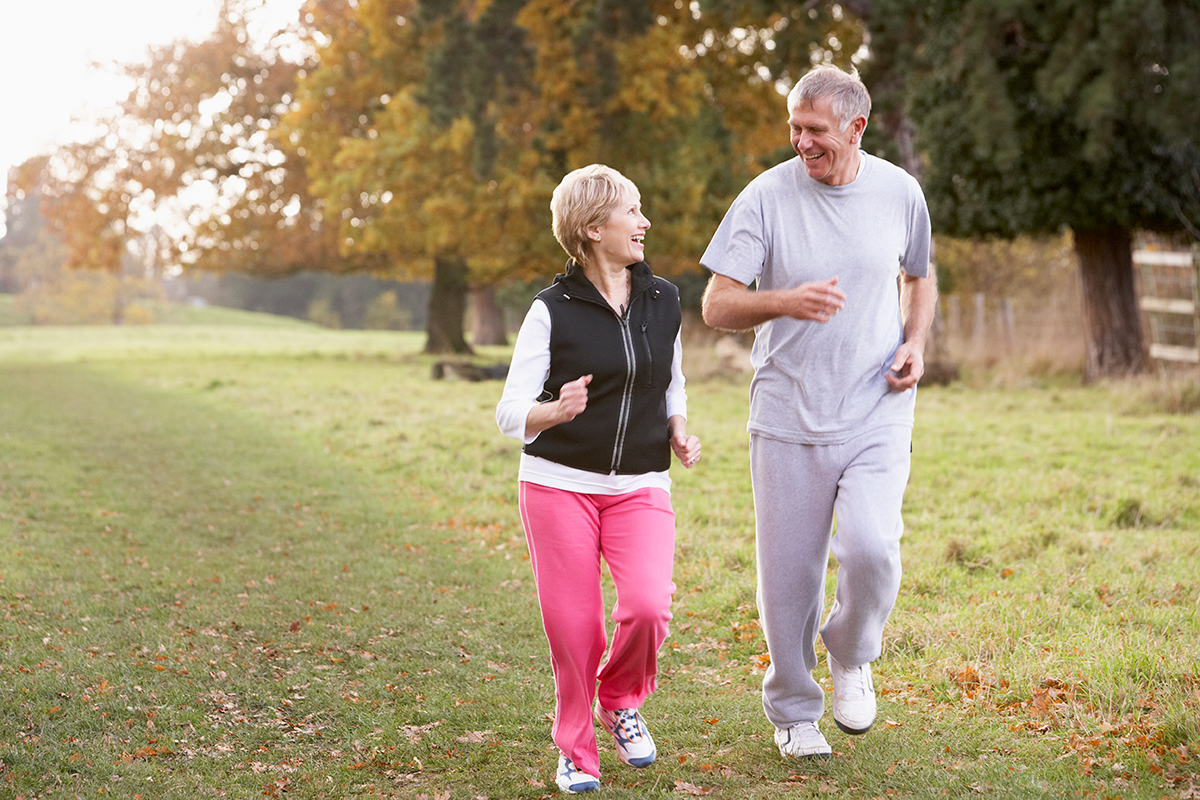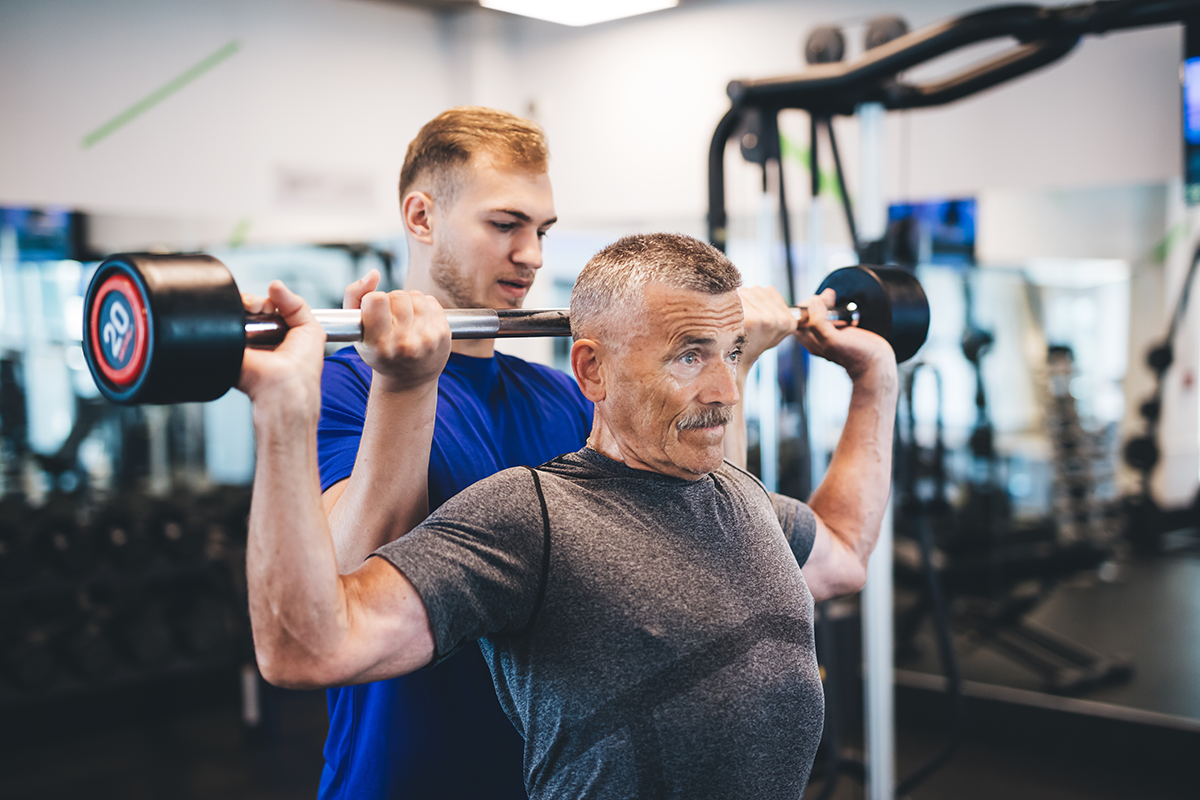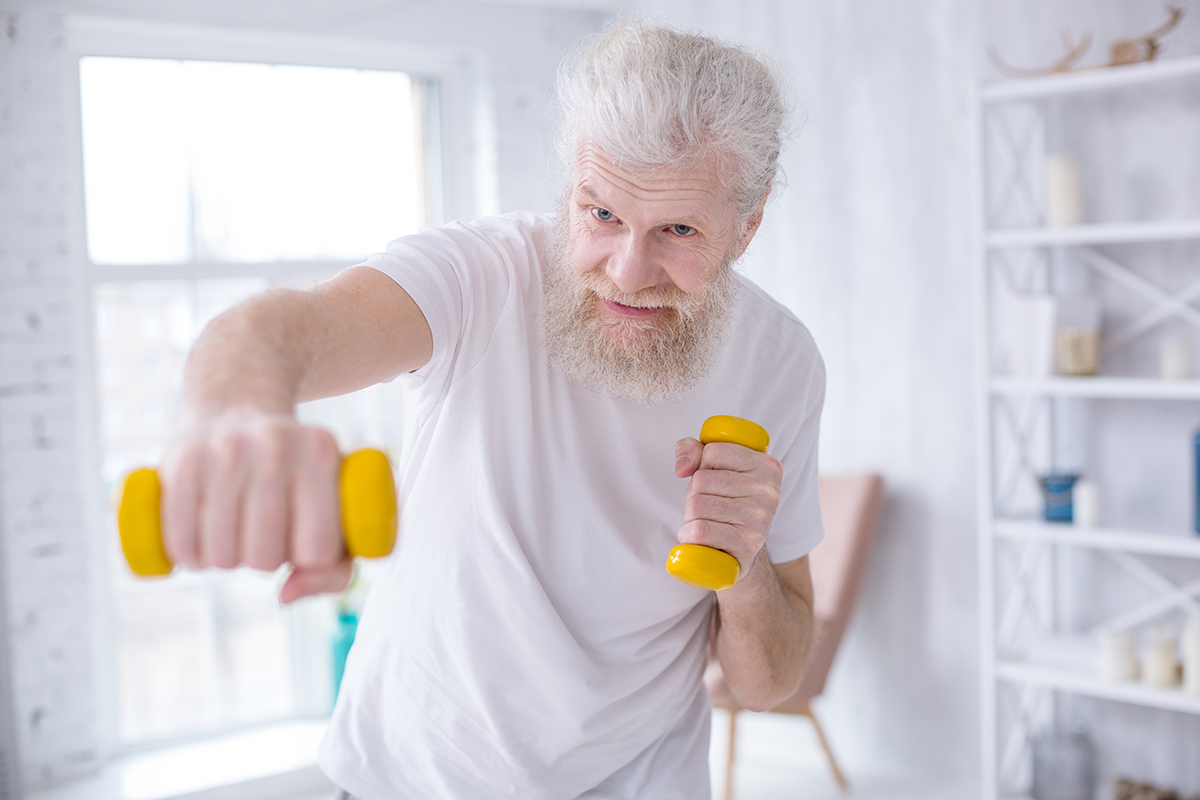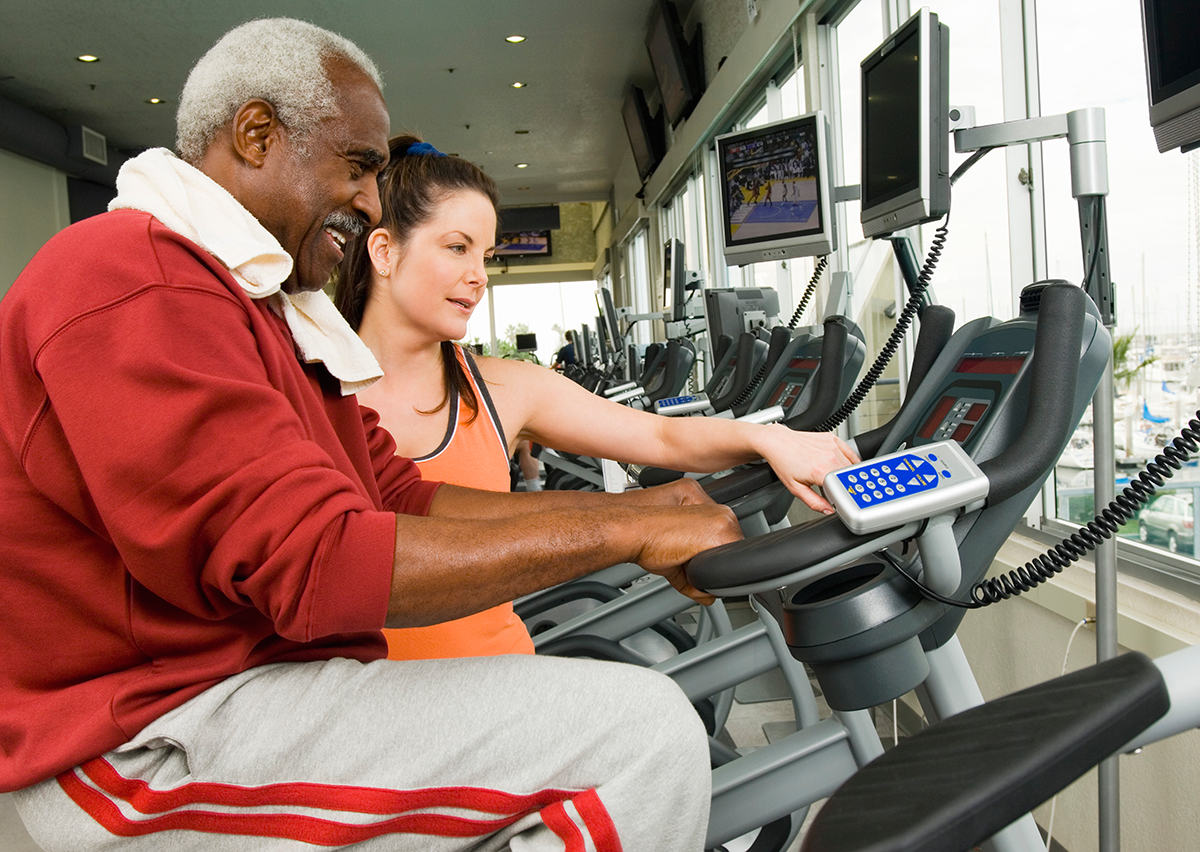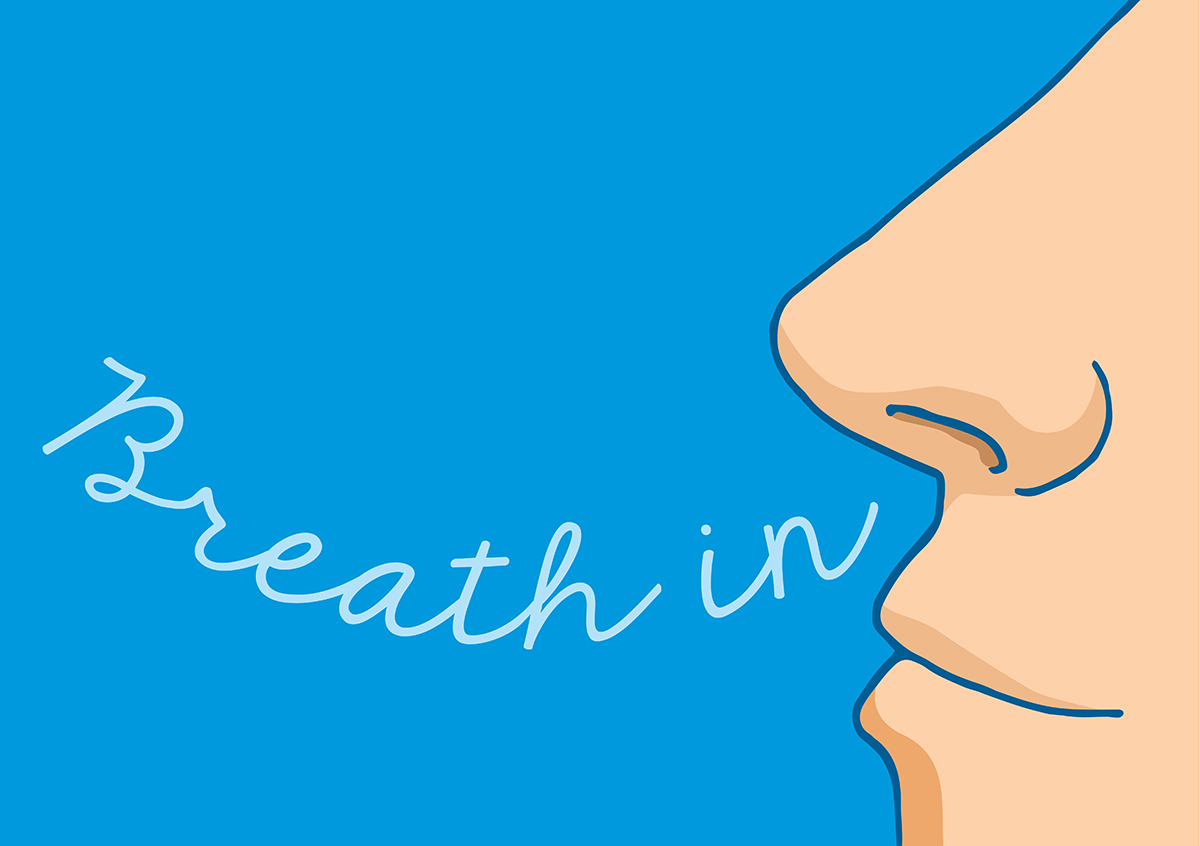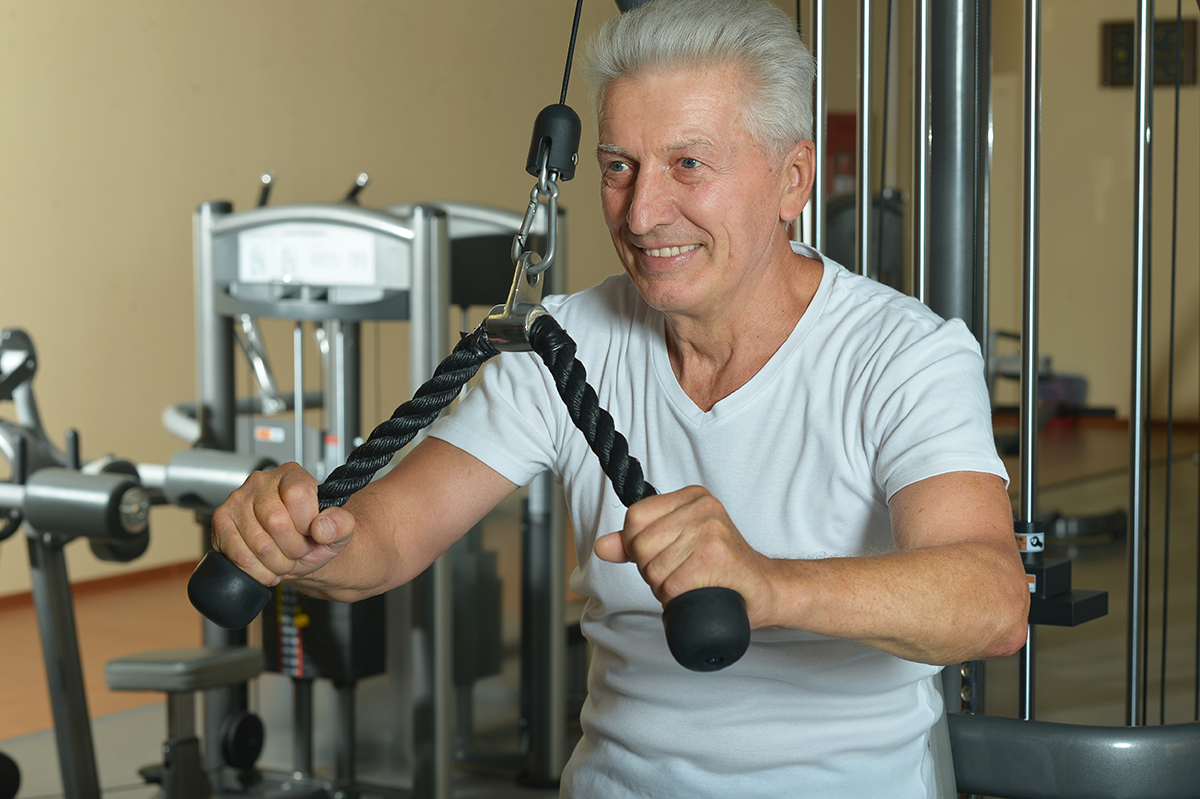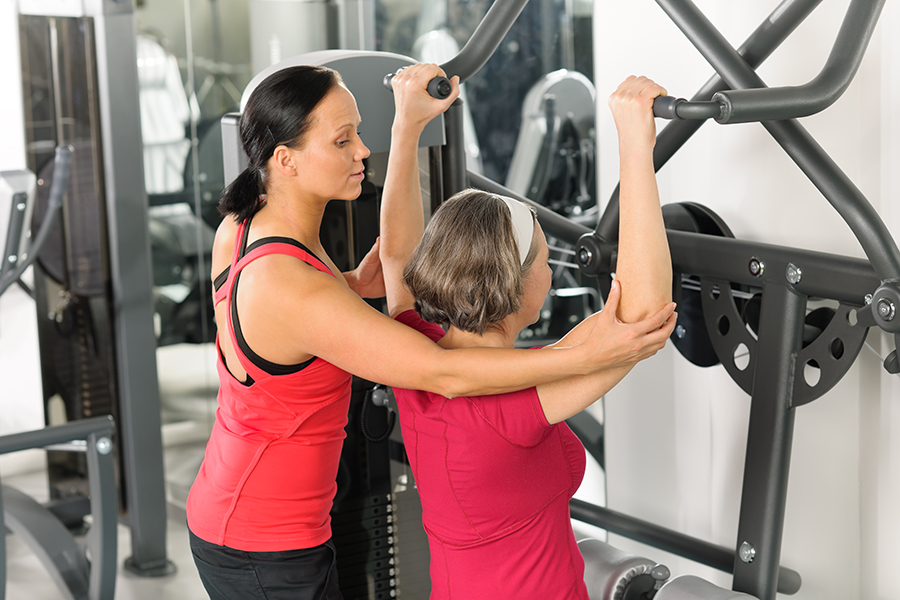The Perils of Taking the Easy Way Out When It Comes to Fitness
We are by nature lazy creatures. We try to get by with as little effort as possible; we love to minimize work but maximize enjoyment. Sadly, this concept applied to exercise can have severe consequences to our bodies.
Weak links, in essence, are parts of our bodies that are not as strong as the others. Logically, it would make sense for us to strengthen these weak links in order to build our bodies as a whole.
However, our bodies usually choose to perform a movement with the least amount of effort and resistance. If one of our muscles is weak, instead of activating it, our body will compensate or cheat by making the other muscles around it work harder to complete the movement.
This results in strong muscles growing stronger, and weak links growing weaker. The only way to overcome our cheating tendency is to consciously activate our weak links and establish proper movements.
Once fundamental movements are established, only then can you add in other factors such as strength, endurance, speed, agility and athletic skills, which will help play a big role in improving performance and injury prevention.
A chain is only as strong as its weakest link
There’s no point building big muscles if your joints, tendons, and bones can’t stand the strain. Instead, it is wiser to first build your foundation — and for many people, that means revisiting the weakest parts of your body.
Perhaps it came from a previous injury, or maybe it’s just a muscle you didn’t pay attention to previously. Whatever the case, tending to your weakest link will lay the necessary groundwork for true fitness. Skip this step, and you may end up doing yourself more harm than good.
It’s not just limited to gym-goers who overload their muscles by lifting too much weight. In fact, women who are supposedly “flexible” and great at yoga can get into trouble too. On one hand, the gym-goers are building strength without flexibility; on the other hand, yoga enthusiasts are pushing the limits of their stretches without increasing their strength. This can result in joint laxity (looseness of joints) that makes them vulnerable to injury.

Weak links due to injuries
Some of you reading this right now may have suffered injuries before, whether major or minor. And most of you would be able to relate to the fact that you never feel the same after an injury. The weak links caused by injury are often hard to repair and can lie dormant for a long time before resurfacing to cause discomfort and pain.
That’s why it is important to identify your weak links. Even if you’ve never been injured, there are other factors that may cause weak links:
- old injuries that you were unaware of
- surgery
- poor movement
- incomplete rehabilitation
- alignment issues
- muscle imbalances
- aging
- mindset
- genetics
As you may realize, weak links are not always caused by outward injuries, but may also develop due to intangible factors like age, mentality and physical habits.
Nevertheless, many people suffer because they do not rehabilitate completely from an injury. A lot of people go through physio and recovery program, but stop once they reach 80% wellness. However, it’s at this stage where it’s the easiest to experience re-injury. Instead, it’s always better to achieve 110% fitness before you go back to your usual workout or sports routine. This ensures your weak link has been strengthened and prevents injury from occurring easily.
Getting fit the right way
Ultimately, your body is unique. Although most of us want to go straight to training like Arnold, or run like Usain Bolt, our body has its own sets of strengths and weak links that need to be addressed individually first. And the best way to do that is through a personally tailored corrective exercise program, measured out specifically for you.
The shortcut to fitness is doing it right in the first place.
Ke Wynn Lee, author and an international award-winning corrective exercise specialist, currently owns and operates a private Medical Fitness Center in Malaysia. Apart from coaching, he also conducts workshops and actively contributes articles related to corrective exercise, fitness & health to online media and local magazines.


